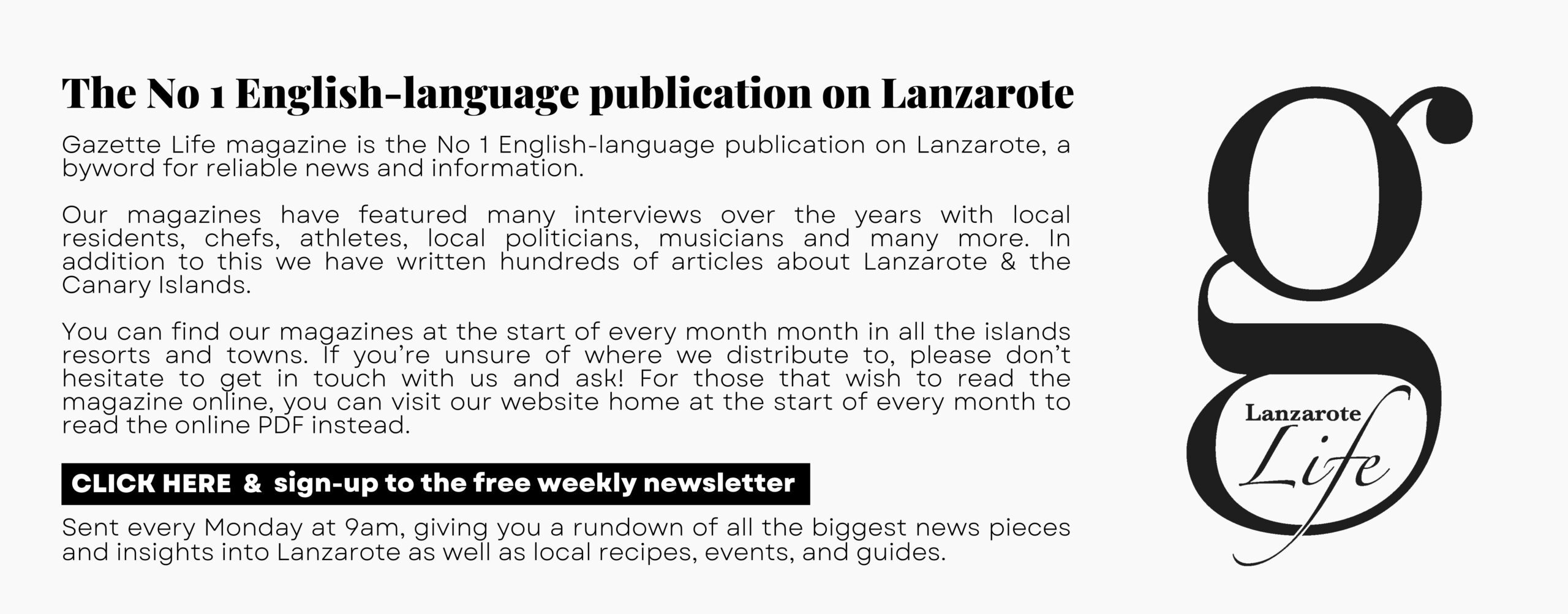Tourism on Lanzarote really took off in the 1980s, and while it brought previously unseen wealth to the island, many locals were also horrified by the speed of development.
They had every right to be. At that time, there were no limits on how Lanzarote would grow. Plans existed to construct accommodation for 300,000 tourists on the island – four times more than now. La Graciosa would have seen 25,000 tourists, and 10,000 were planned for the unoccupied beach of Caletón Blanco.
Among them was one of the men responsible for the island’s popularity – César Manrique. In 1985 he wrote a manifesto lamenting that “We could have set an example worldwide, with pride and lasting wealth, in which this suicide, caused by clumsy selfishness without limits, would not take place,”. Always optimistic, Manrique said “Everything can be put right,” and finished with the command “The time has come to STOP.”
In 1988, the El Guincho environmentalist group called a series of protests against new apartment complexes that were being built in Los Pocillos, Puerto del Carmen. Hundreds of islanders of all ages came to the beach, bearing placards saying The Beach is OURS”, forming human chains and marching in the sea.
Manrique was among the protestors, winning national publicity for the campaign by posing next to destroyed palm trees and diggers. His fellow artist Pepé Damaso and opera singer Alfredo Kraus also joined the demonstrations.
While the protests failed to stop the developments in question, they had a much longer-lasting effect. As a direct result of them, the Cabildo hired architect Fernando Prats from Madrid to draw up a plan that would limit development.
Prats recently told El País “They were magical years – a little utopia. All the planning restrictions were devoted to controlling growth. It was a revolution.” He and his team struck down plans for 250,000 tourist beds and eventually produced the 1991 Island Plan, a document which tightly limited growth on Lanzarote to the existing resorts. The plan still applies today and is the main reason that Lanzarote has avoided the uncontrolled growth seen on other islands.
Two years after the plan was approved, Lanzarote won the prestigious title of UNESCO Biosphere Reserve. Now, 32 years afterwards, it, and the vision that Manrique fought for, remain at the heart of the island’s tourism strategy.
For regular updates, pictures and videos of Lanzarote be sure to like and follow our Facebook page “Gazette Life Lanzarote”.











